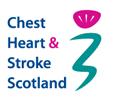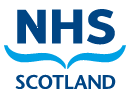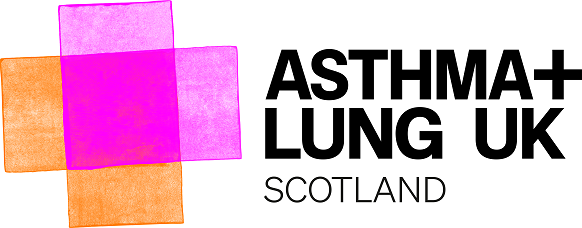View text alternative
You should take your inhalers at the same time everyday. You can take your inhaler with, or without food. Stand or sit upright. Keep your head in a neutral position. Remove the inhaler immediately before use, by removing from the pouch by tearing along the notch. Remove the dust cap by gently squeezing the arrows and pulling. Check that there is no dirt or dust on the mouthpiece. Hold the inhaler upright with the green button facing upwards. Press the green button CLICK and release it. Check that your indicator is green. Keep your head in a neutral position. Hold the inhaler away from you, and breathe out as much as you can, but do not breathe back in yet. Put the mouthpiece in your mouth and seal with your lips. Do not bite on the mouthpiece. Inhale quickly and deeply. You will hear a click, and when you do, continue to breathe in. Once you have inhaled in all the way, remove the inhaler from your mouth. And hold your breath for as long as you can, for a maximum of 10 seconds, then breathe out slowly (CLICK, EXHALES SLOWLY, CLICK, INHALES QUICKLY, EXHALES SLOWLY Check that the indicator is now red. If it’s still green you have not inhaled deeply enough. Try again. Replace the dust cap. Brush your teeth, and or rinse your mouth out with water or a mouthwash to prevent side effects. Some inhalers can cause voice hoarseness or mouth infections. Wipe your inhaler mouthpiece once a week with a dry tissue (CLICK).
You should keep it somewhere where it will not get moist or wet. It’s a good idea, to store it somewhere that will help you to remember to take it. The living room or the bedroom are generally speaking good places to store it. If you forget to take your inhaler, take it if you remember within an hour or 2. If more than that, miss the dose. And catch up with your next dose. Do not take your missed dose. If you have taken more doses than you should, you must contact a health care professional. The inhaler has a dose counter on the front. It will count down from 60 to 0 in increments of 10. When you see a red stripe band, this means that you are nearing your last dose and should order a replacement. When the last dose has been prepared, you should inhale as normal. But the green button will lock, because the inhaler is now empty. Order your inhalers only when you need them, because drugs can expire. It is very important that you take your inhalers and a list of all drugs, your most recent repeat prescription would be most helpful, to all clinics and hospital appointments or admissions.





